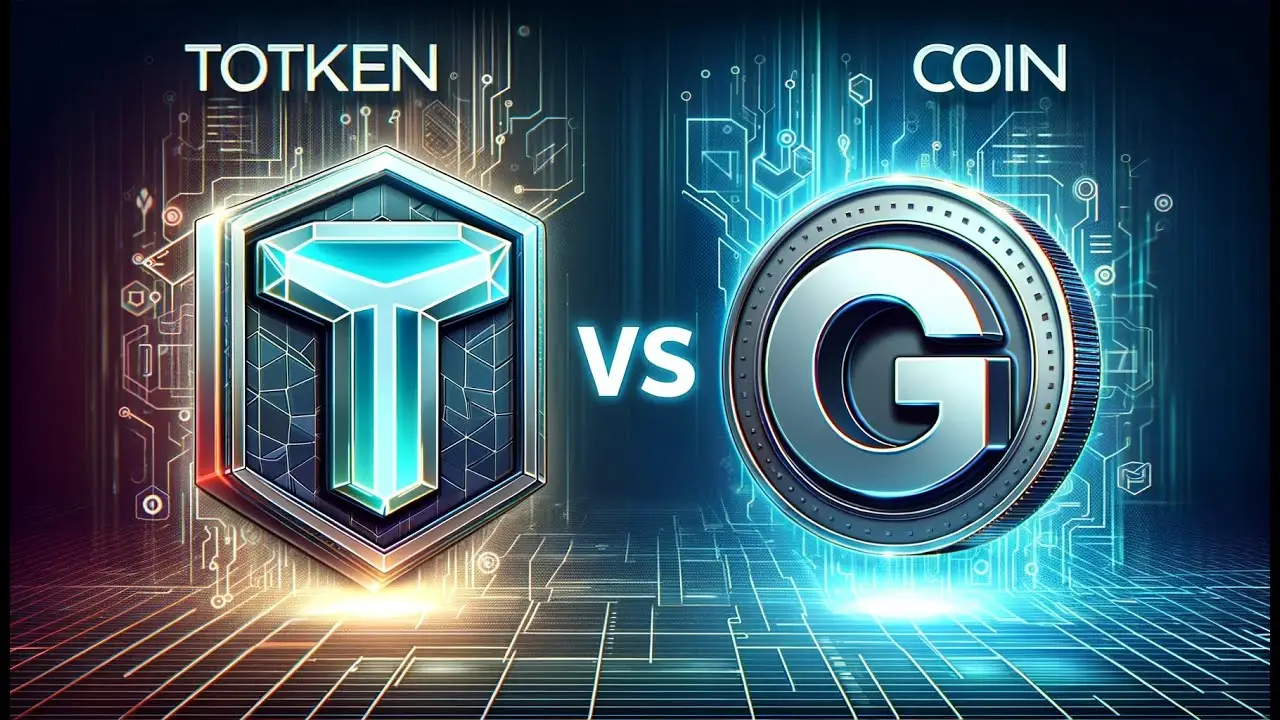In spring 2025, toncoin from Telegram found itself at the center of attention of the crypto community. The development of the ecosystem, integration with the popular messenger, transaction volume growth — all of this has increased interest from institutional and private investors. Against the backdrop of the crypto market revival, many are wondering: is it worth investing in TON right now or should one wait for a more stable entry point?
According to the latest data, the price of toncoin in April 2025 fluctuated around $3.40, showing an increase of over 100% compared to the previous year. The network’s capitalization surpassed $8 billion, and the daily trading volume consistently remained above $300 million.
Advantages and Risks: Should You Invest in TON Amid Volatility?
To assess the feasibility of investing in toncoin, it is important to consider all key parameters — from infrastructure to potential threats. Below are the main advantages that make the asset attractive:
- direct connection to Telegram and access to a multimillion audience;
- expansion of the ecosystem through dApps, NFTs, and staking;
- high transaction speed and scalable architecture;
- low fees and focus on integration with Web3;
- active community development and implementation of new features.
However, there are important risks that cannot be ignored:
- high price volatility and dependence on news background;
- lack of transparent regulatory framework;
- possible blocking by authorities in certain jurisdictions;
- competition from more mature blockchain projects;
- uncertainty about long-term development strategy.
Therefore, before deciding whether to invest in TON, it is necessary to carefully evaluate not only the current indicators but also the project’s resilience to market and political challenges.
What’s Happening with toncoin (TON) in 2025?
In the first quarter of 2025, over 40 new projects based on blockchain were launched, including DeFi protocols, gaming platforms, and micro-payment services. This ensured a stable inflow of liquidity and increased user engagement.
Additionally, the Ton Society platform announced a strategic partnership with several marketplaces, which became an additional growth stimulus. All these events directly influence investors’ opinions on whether to buy TON as an asset with expansion potential and sustainable growth.
Forecast and Growth of toncoin in 2025
Technical and fundamental analyses converge on a favorable forecast. Currently, most analysts point to a possible asset reaching the $5-6 range while maintaining a positive trend. Moreover, the implementation of major integrations could accelerate movement towards higher levels, especially with listings on new international exchanges.
Therefore, the question of whether to invest in TON becomes strategically important for those planning to diversify their portfolios with promising altcoins in 2025.
Market and Competition: toncoin’s Position Among Cryptocurrencies
Despite rapid growth, toncoin is not yet among the top three platforms in terms of smart contract volume or TVL. However, the situation is changing rapidly. Thanks to Telegram’s resources and focus on Web3, the coin goes beyond traditional blockchain boundaries. The project offers tools for creating wallets, bots, decentralized applications, and user interactions within a single messenger.
Amid increasing competition in the Layer-1 solutions sphere, toncoin demonstrates atypical flexibility. The question of whether to invest in TON is increasingly considered in the context of long-term potential rather than just speculative profit.
Investment Risks of toncoin in 2025
Like any digital asset, toncoin carries a number of risks. Below are key threats that investors should consider this year:
- lack of complete decentralization may pose a censorship threat;
- possible price fluctuations due to large holders’ activity;
- unpredictable regulator reaction to close ties with Telegram;
- dependence on community and developers’ loyalty;
- vulnerability to hacker attacks on third-party services.
All the above factors are directly related to the question of whether to invest in TON — especially when planning medium-term investments.
Who Invests in toncoin: Capital Structure
Unlike traditional blockchain projects, toncoin is actively supported by large funds and venture structures focused on infrastructure solutions. Among the known ecosystem participants are Pantera Capital, Huobi Ventures, DWF Labs. Additionally, the asset is gaining popularity among retail investors from Asia, Europe, and CIS countries.
Interest in the project stimulates growth and increases the chances of institutionalization. Therefore, the statement that toncoin from Telegram goes beyond the usual altcoin framework, forming a stable position in the new digital economy architecture, is increasingly heard.
Altcoin or Fundamental: TON’s Place in an Investment Portfolio
The question of whether to invest in TON is often considered in the context of portfolio strategy. For short-term speculation, the asset may be too volatile. However, in the long term, especially against the backdrop of Web3 and Telegram solutions’ growing popularity, toncoin occupies a logical place in a diversified basket of digital assets.
Cryptocurrencies for growth in 2025 are not just those showing spikes on the chart, but those whose ecosystem is expanding. In this case, toncoin is one of the few projects whose audience exists before entering the market!
So Should You Invest in TON in 2025?
Against the backdrop of growing interest in Web3 and rapid blockchain integration into familiar platforms, the question of whether to invest in TON is no longer limited to a speculative approach. The coin is shaping a new model of an ecosystem approach, where messenger, wallet, marketplace, and smart contract operate in a unified space!
Considering the current pace of development, partnerships, capitalization growth, and high user engagement, toncoin appears as a promising digital asset. However, as with any investment decision, it is important to consider investment risks and build a strategy considering volatility and market uncertainty.
 en
en  ru
ru  de
de  ar
ar  es
es  nl
nl  hi
hi  fr
fr  it
it  pt
pt  el
el 










